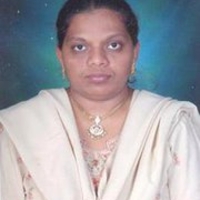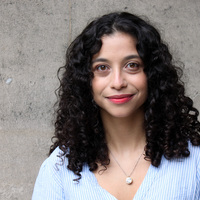Color Imaging XIX: Displaying, Processing, Hardcopy, and Applications, 2014
ABSTRACT In the process of electrophotograpic (EP) printing, the deposition of toner to the print... more ABSTRACT In the process of electrophotograpic (EP) printing, the deposition of toner to the printer-addressable pixel is greatly influenced by the neighboring pixels of the digital halftone. To account for these effects, printer models can either be embedded in the halftoning algorithm, or used to predict the printed halftone image at the input to an algorithm that is used to assess print quality. Most recently,1 we developed a series of six new models to accurately account for local neighborhood effects and the influence of a 45 x 45 neighborhood of pixels on the central printer-addressable pixel. We refer to all these models as black-box models, since they are based solely on measuring what is on the printed page, and do not incorporate any information about the marking process itself. In this paper, we will compare black-box models developed with three different capture devices: an Epson Expression 10000XL (Epson America, Inc., Long Beach, CA, USA) flatbed scanner operated at 2400 dpi with an active field of view of 309.88 mm x 436.88 mm, a QEA PIAS-II (QEA, Inc., Billerica, MA, USA) camera with resolution 7663.4 dpi and a field of view of 2.4 mm x 3.2 mm, and Dr. CID, a 1:1 magnification 3.35 micron true resolution Dyson Relay lens-based 3 Mpixel USB CMOS imaging device2 with resolution 7946.8 dpi and a field of view of 4.91 mm 6.55 mm developed at Hewlett-Packard Laboratories { Bristol. Our target printer is an HP Indigo 5000 Digital Press (HP Indigo, Ness Ziona, Israel). In this paper, we will compare the accuracy of the black-box model predictions of print microstructure using models trained from images captured with these three devices.










Uploads
Papers by Tamar Kashti